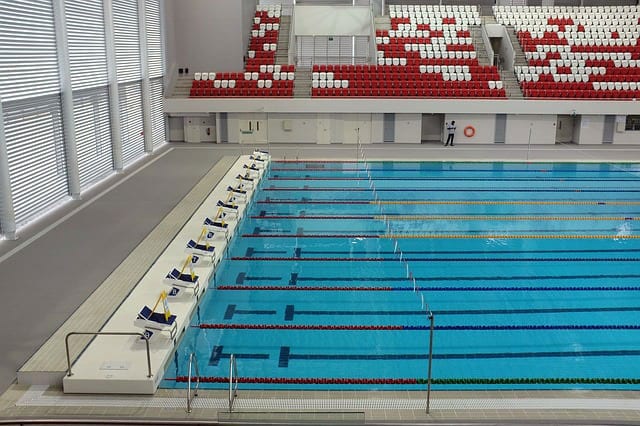Monty Hui, an eight-year-old boy from Australia, and his family have spoken to SBS News about living with a rare disease and the obstacles faced in diagnosis and recognition. He lives with pontocerebellar hypoplasia, a brain development disorder, and has experienced life with a rare disease firsthand. He knows what it’s like to face the uncertainty that comes when you receive your diagnosis.
About Pontocerebellar Hypoplasia
Pontocerebellar hypoplasia is an umbrella term for a group of conditions that impact brain development. There are at least ten types. While any part of the brain can be affected, it is most commonly the pons and cerebellum. Symptoms vary among affected individuals, but common symptoms include stiffness, intellectual disability, developmental delays, microcephaly, movement problems, trouble swallowing, minimal or no communication, and impaired brain development. Various genes cause these symptoms depending on which form of pontocerebellar hypoplasia one has, but the majority of cases are the result of an altered EXOSC3 gene. Other commonly mutated genes include TSEN54, VRK1, RARS2, SEPSECS, TSEN34, TSEN2, and TSEN54. Diagnosis can come before birth if it is noticed in an ultrasound, but it is typically diagnosed at birth. Treatment is symptomatic.
Monty’s Story
Monty wanted nothing more than to swim in his school’s swimming carnival, but he had to work very hard to achieve his goal. Speech therapy taught him how to properly close his mouth and blow bubbles, which he had to learn before he could even get in the water. But once he was able to get in a pool, he was amazing.
He achieved his goal and swam in the swimming carnival. He is over the moon and can’t wait to return to the event next year. He even plans to ditch his noodle.
His parents are so proud of him, and they love seeing him happy. They spoke of the uncertainty that comes with a rare disease diagnosis, and the fear that accompanied it. Monty’s mother noted that it was comforting to place a name to the condition.
In their rare disease journey, they have seen other patients live without a diagnosis or receive the incorrect diagnosis often. To combat this problem, Danny Hui developed an app that connects healthcare professionals and rare disease patients and families. It is called Sameview.
Looking Forward
Many are calling for change within the Australian system so that it is better equipped to help rare disease patients. One of these people is Nicole Millis, the CEO of Rare Voices Australia. Her organization pushes for an increase in awareness, both within the government and the general public.
Nicole is very connected to the cause, as she is the child of someone with a rare disease. She knows that building or finding a community is extremely important; it’s comforting to know that you are not alone in your experiences.
Hopefully we see the changes that Nicole and other advocates are pushing for, as they would greatly improve the lives of rare disease patients.






